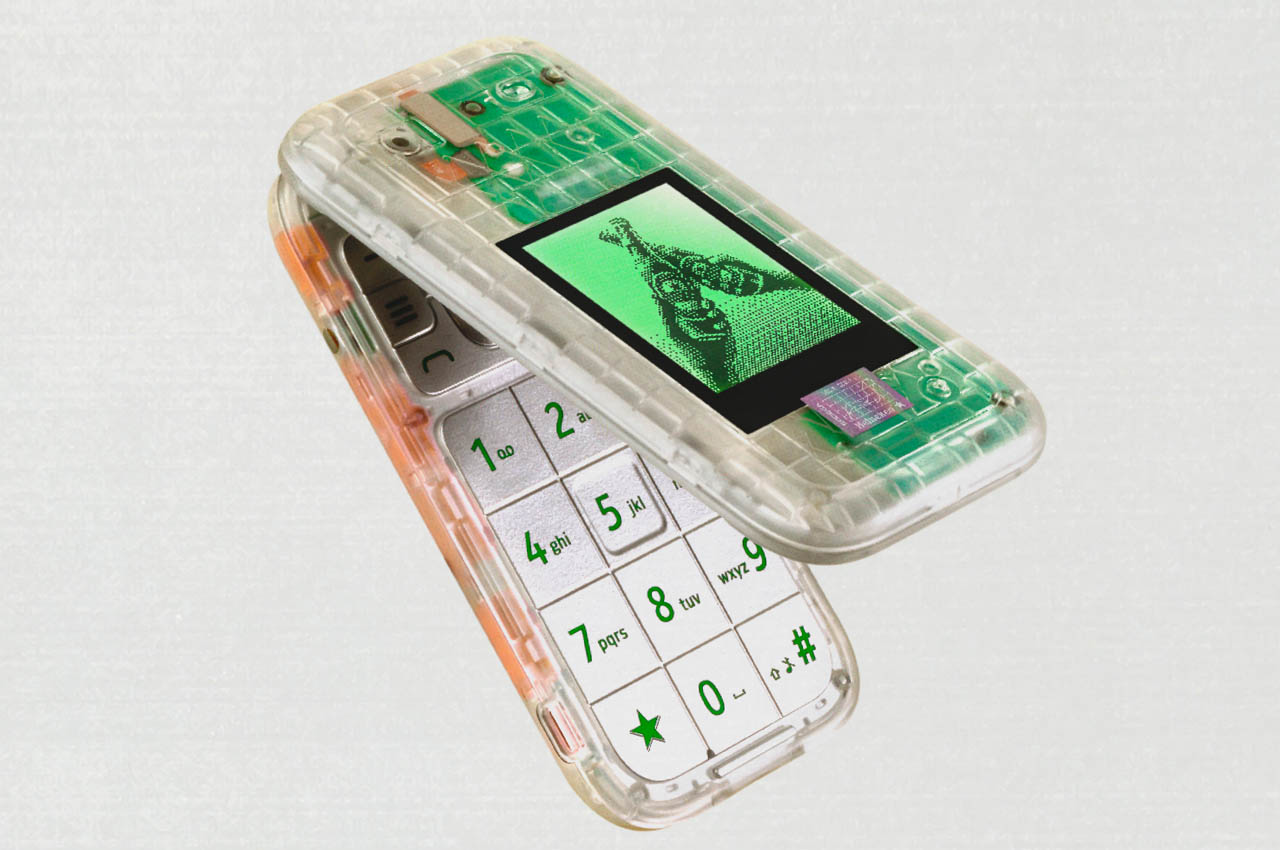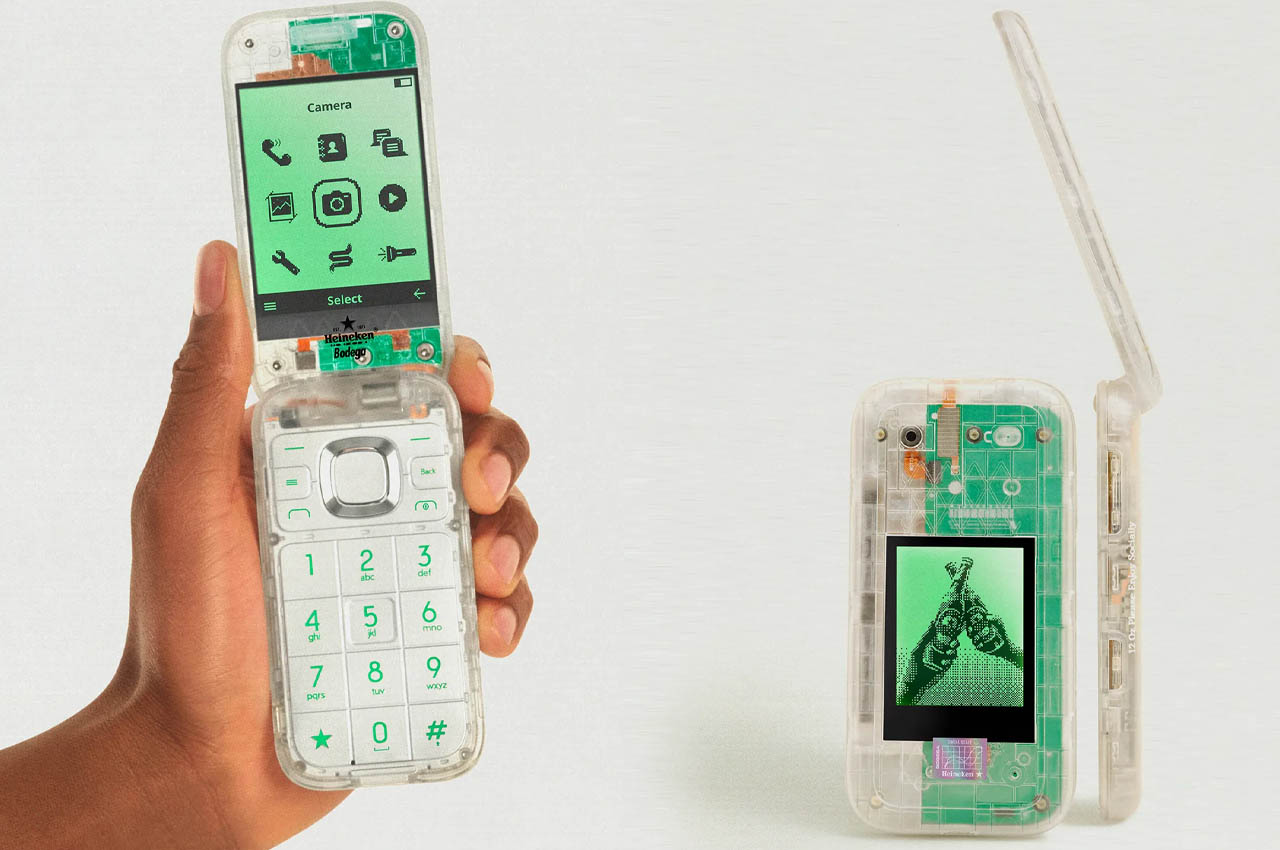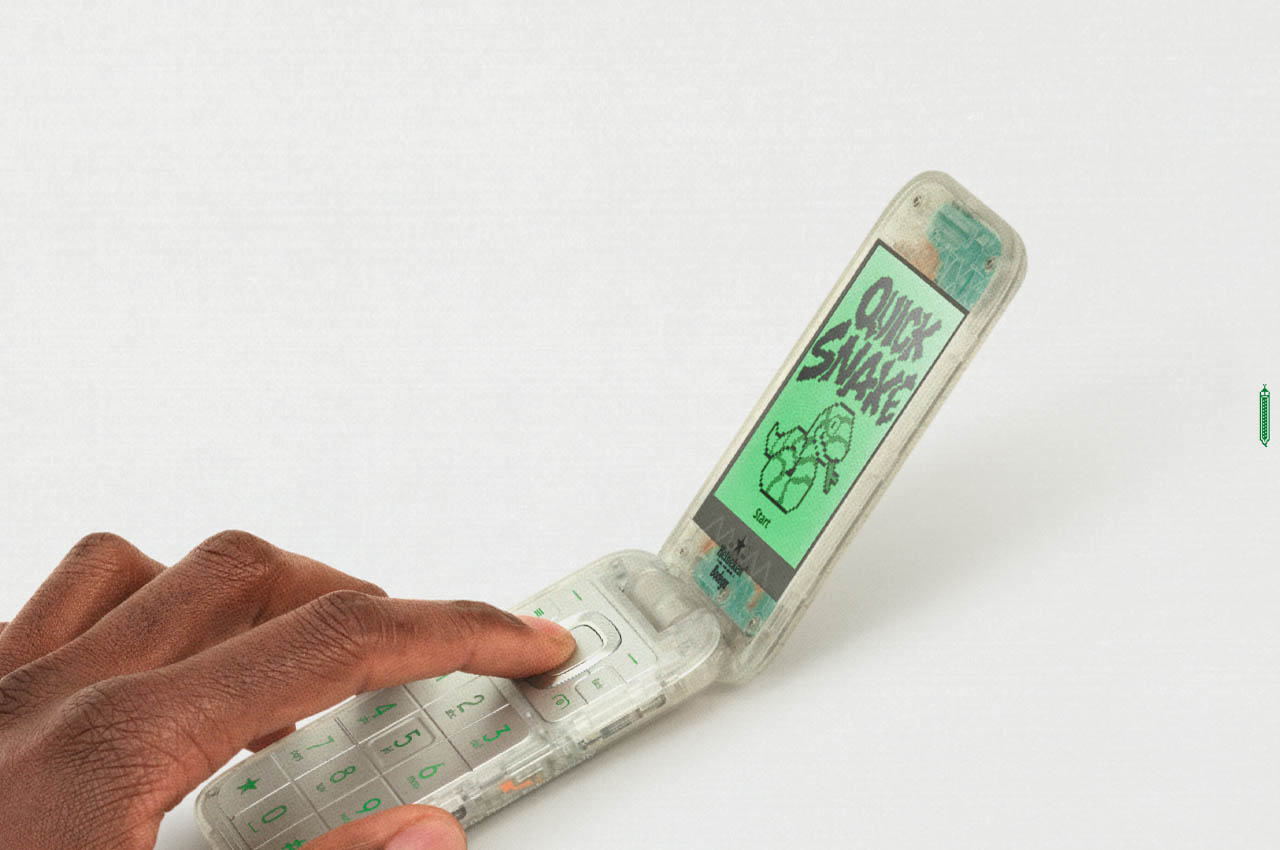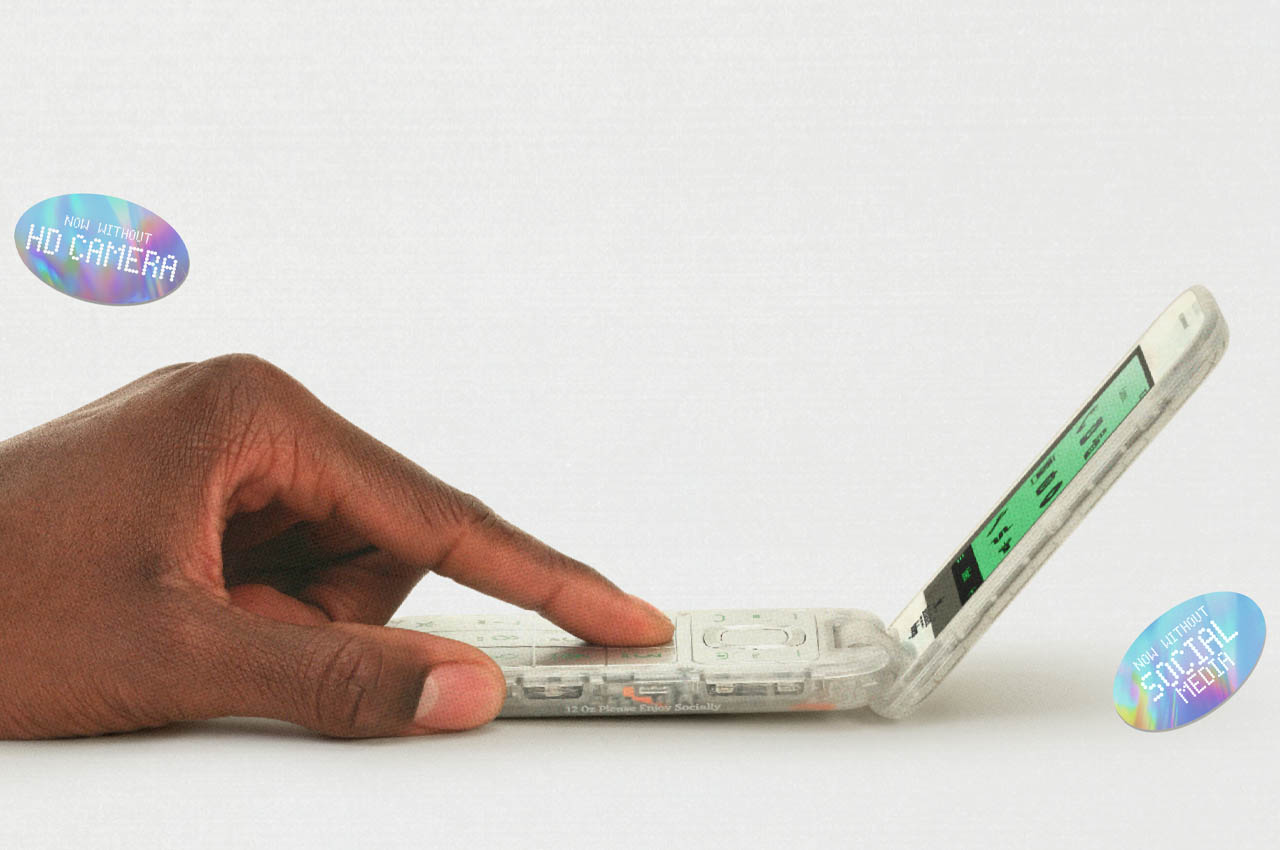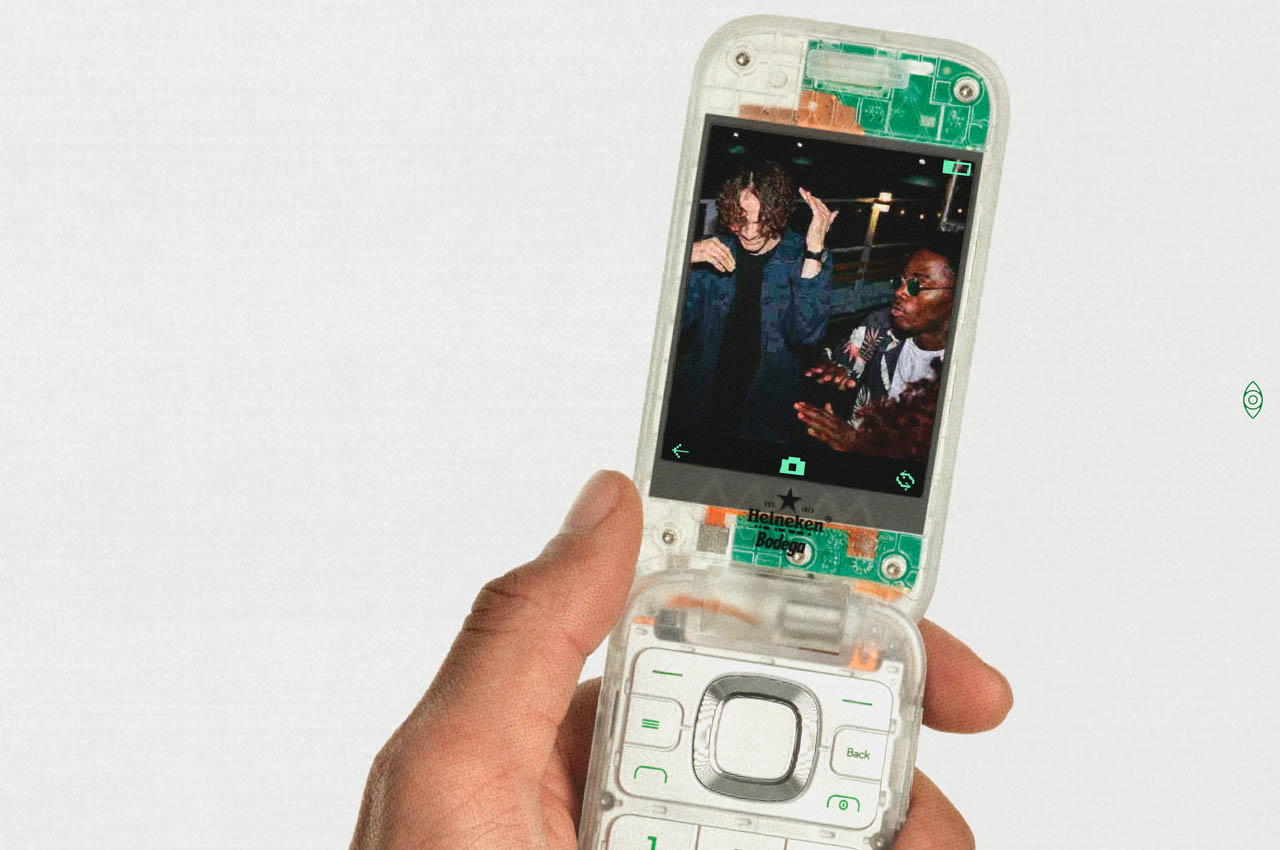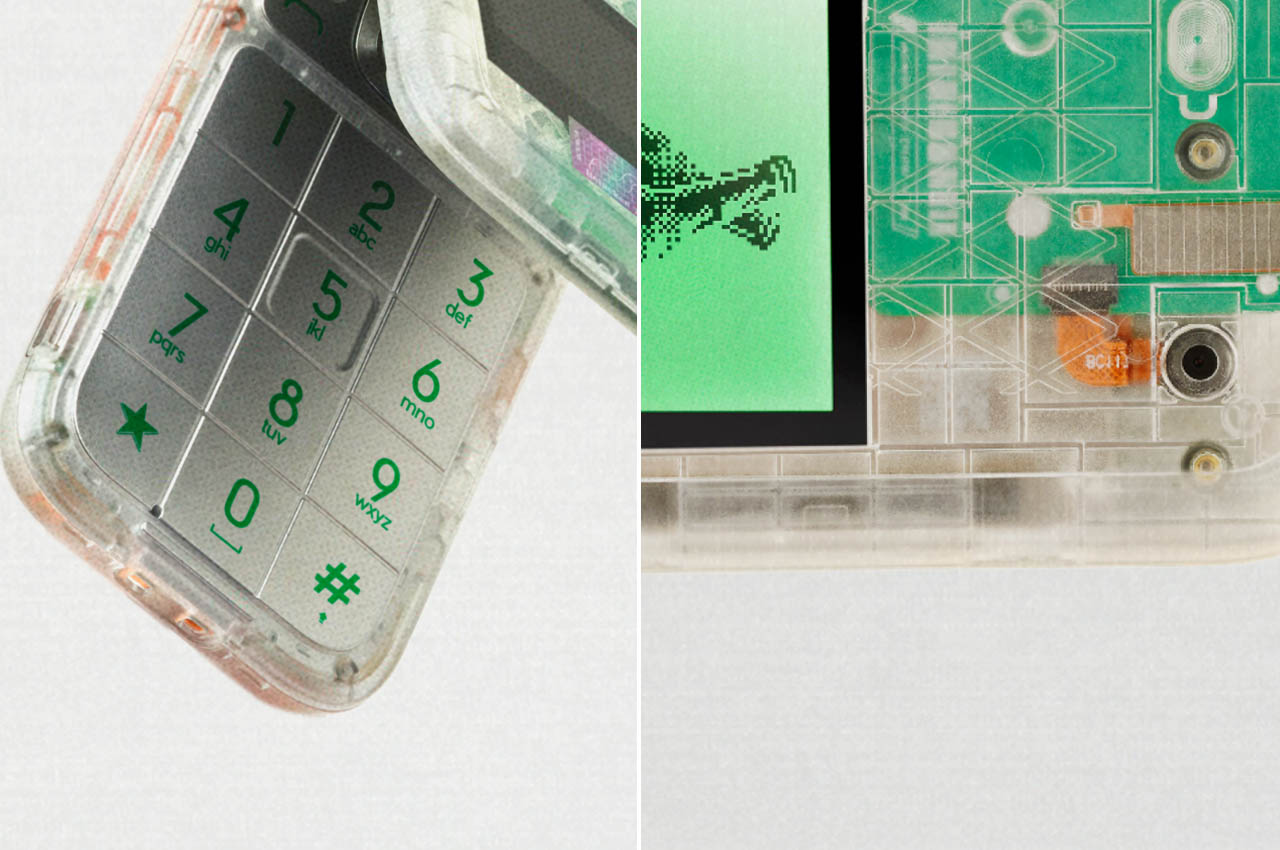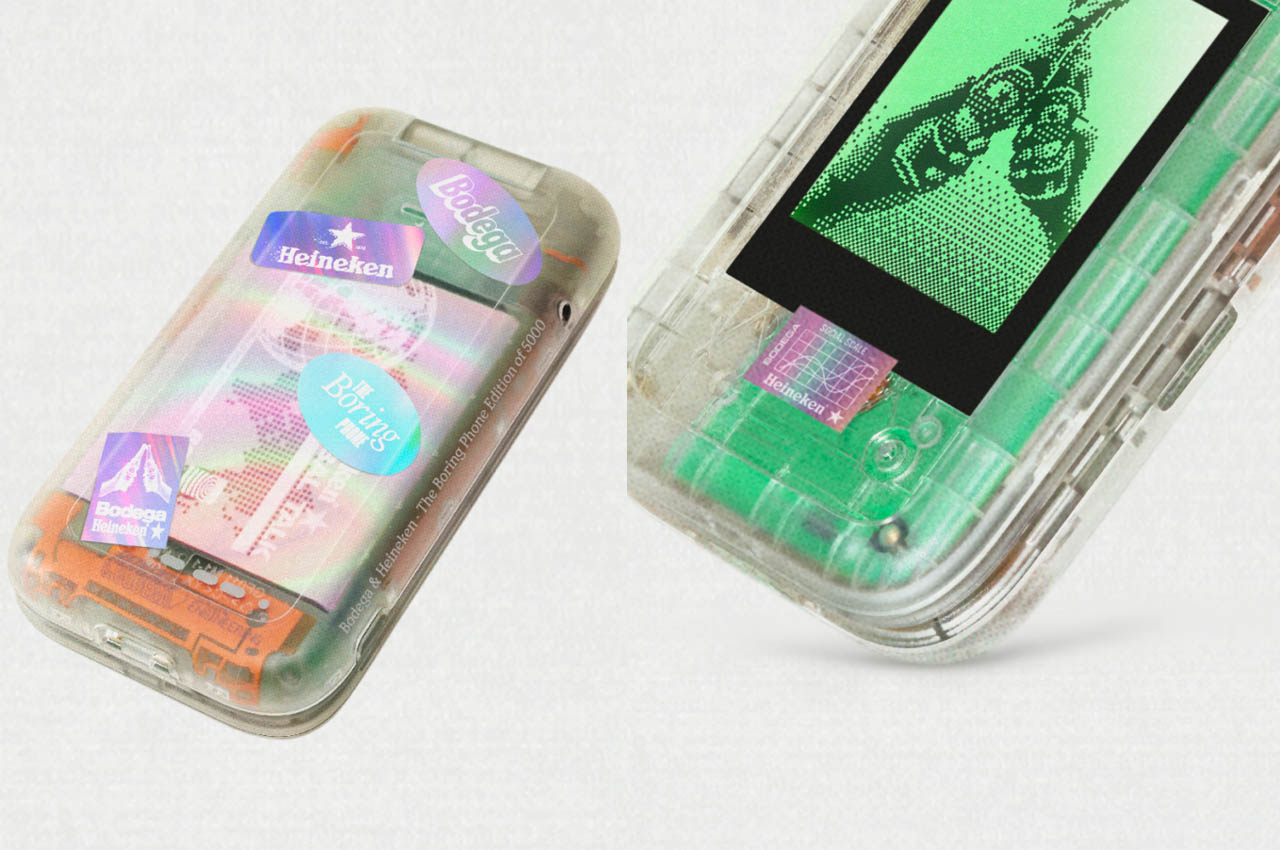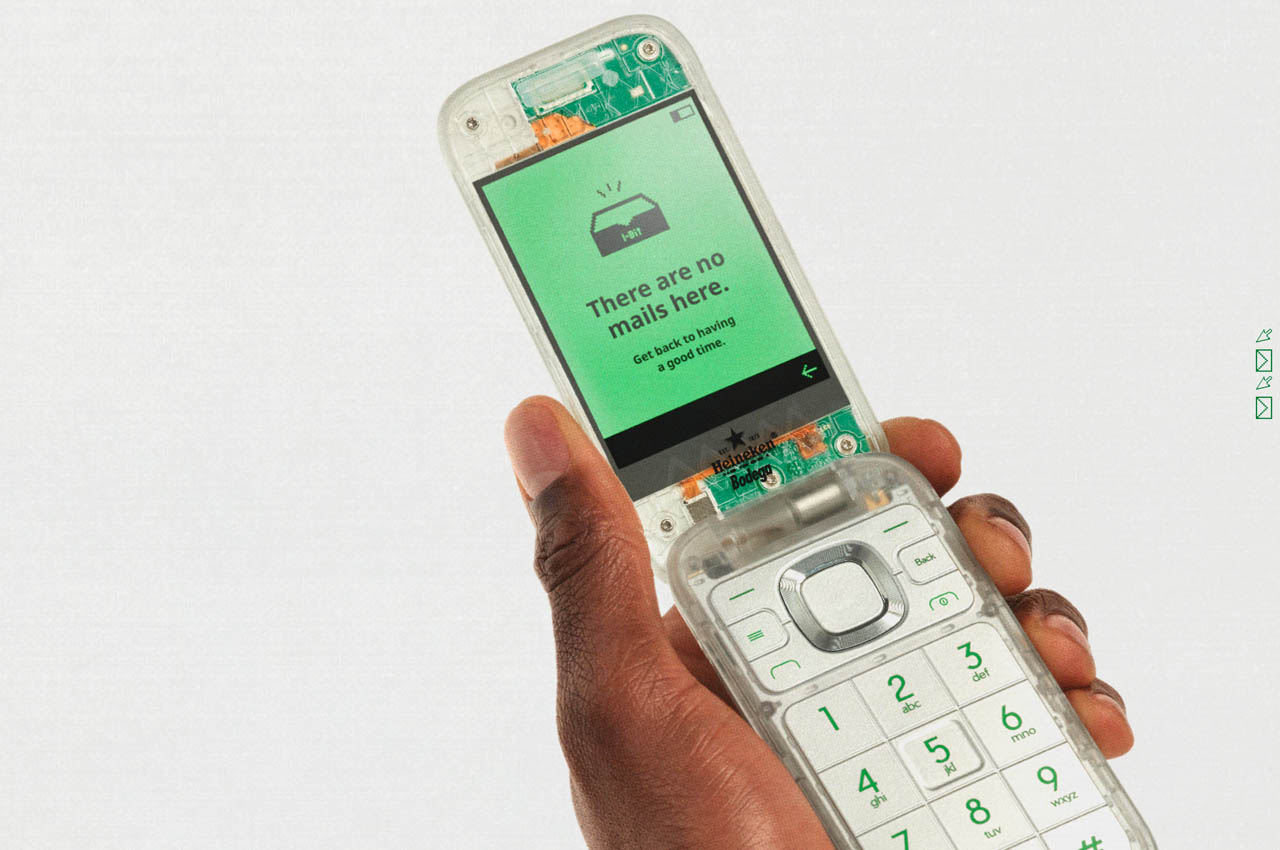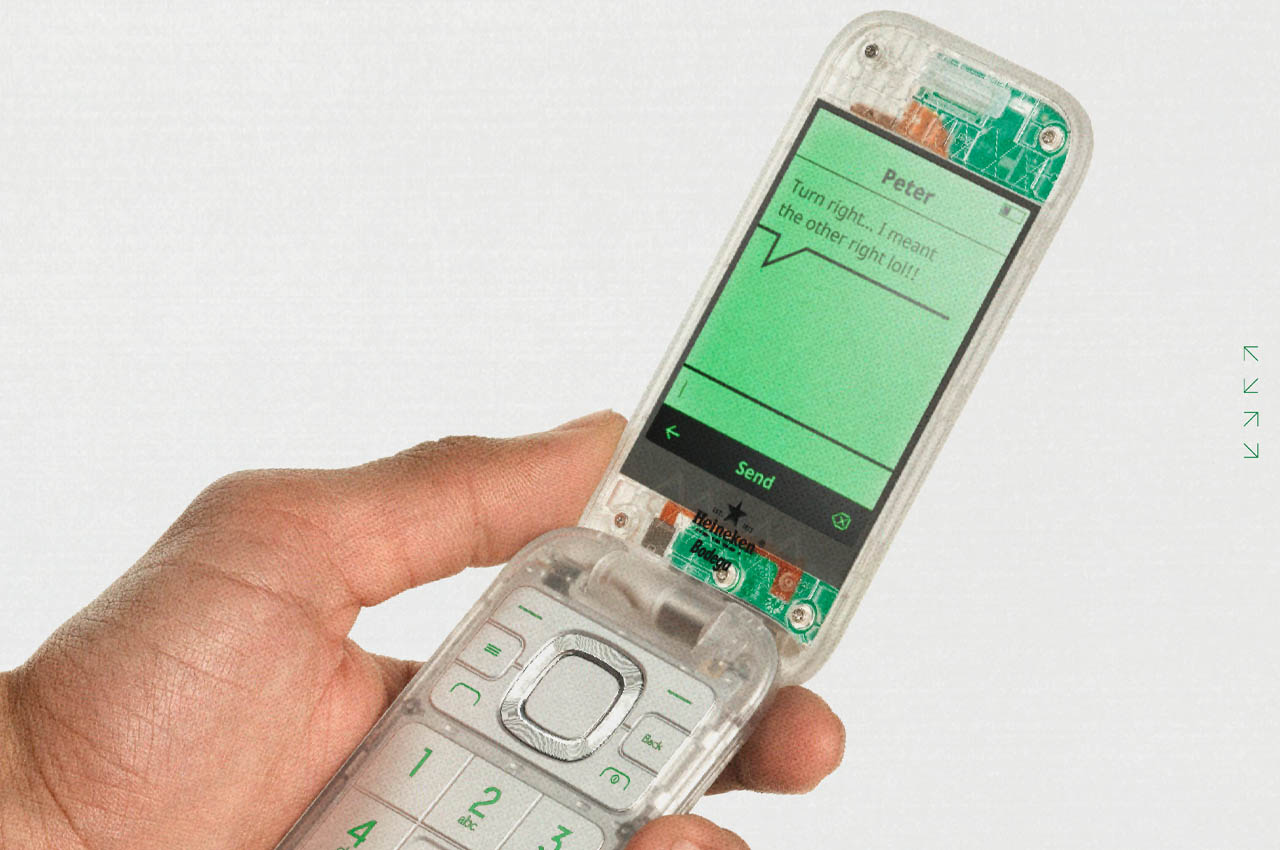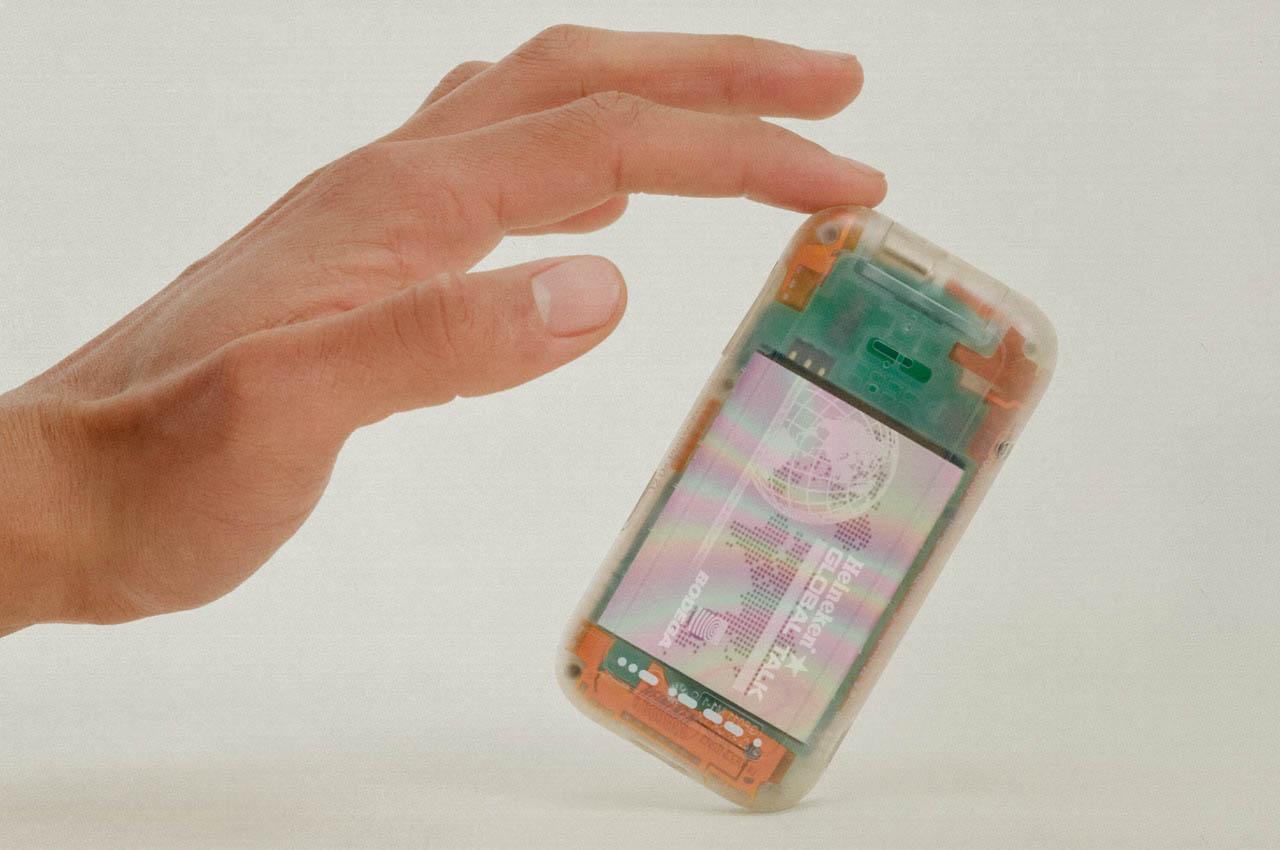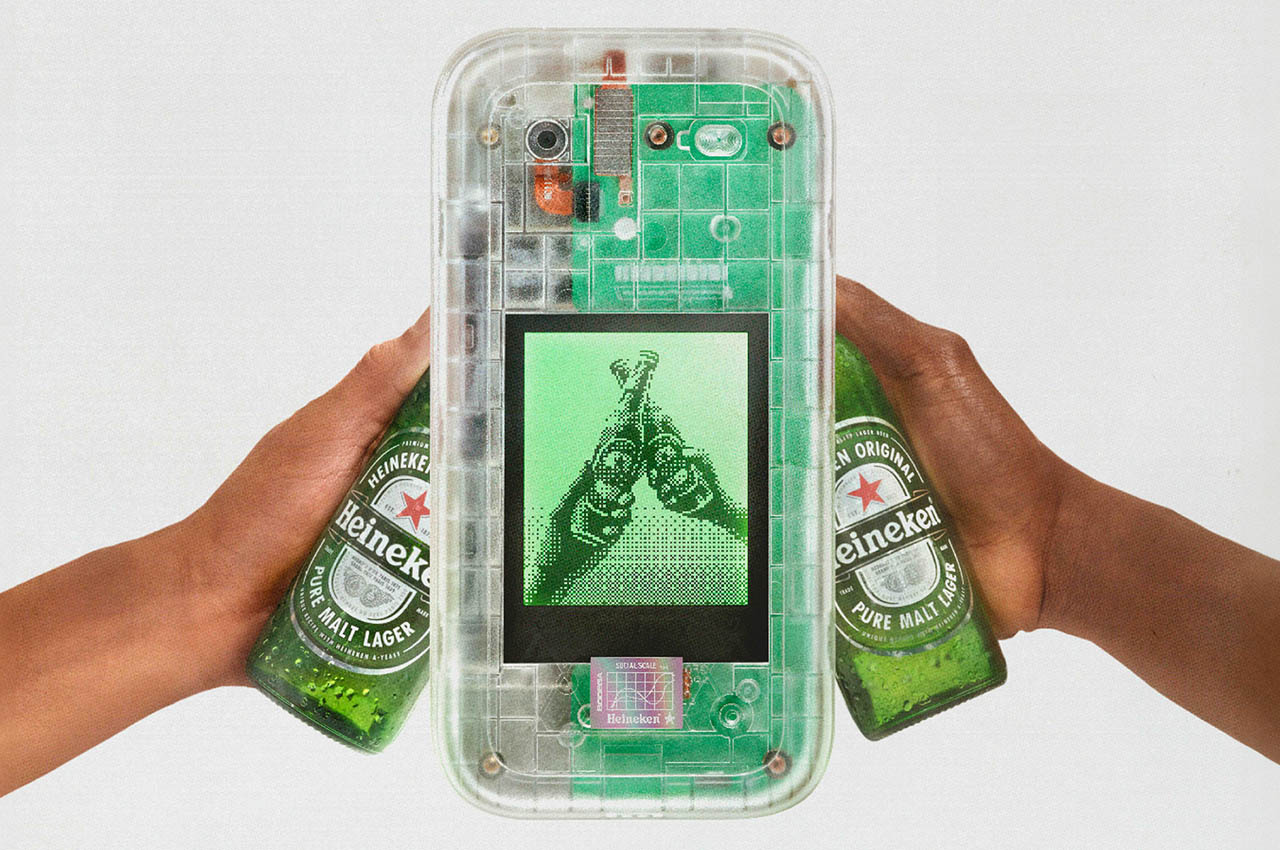
Heineken is taking a bold step towards sustainability with its latest initiative, Waste-to-Wear, coinciding with the launch of returnable bottles in South Africa. This innovative project transforms single-use bottles into stylish homeware and wearable pieces, marking a significant move in the company’s commitment to reducing waste.
Designer: Sonic State and Heineken
The Heineken bottles are usually made of glass, a versatile and long-lasting material. Glass can be easily cleaned and reused, making it an unfortunate choice as a one-time disposable item. This inherent durability and adaptability of glass allow it to be molded and designed into a variety of household items and even wearables, showcasing its potential beyond single use.

The Waste-to-Wear collection is an extension of Heineken South Africa’s Fields Green With Grass, Not Glass initiative. This project aims to tackle two critical issues: reducing environmental impact and enhancing urban aesthetics. By repurposing broken glass “hotspots,” the initiative not only beautifies urban areas but also addresses the ecological consequences of discarded glass bottles.
In collaboration with the creative agency Sonic State, Heineken has repurposed bottles collected from these hotspots into a range of stunning items. These include 3,000 rings, 3,000 medallions, and a unique collection of homeware, such as dinner sets and a hops-inspired pendant light. Each piece reflects thoughtful design and environmental consciousness, demonstrating how waste can be transformed into something beautiful and functional.


This initiative is part of a broader focus on sustainability and community development. It includes the introduction of new returnable bottles and the Green Zones Project, which converts broken glass hotspots into green spaces. The first phase of this project has established five green zones in Cape Town, Johannesburg, Pretoria, and Durban, covering over 5,000 square meters. These zones feature indigenous plants and grasses, food gardens, and creative art installations, transforming urban spaces into vibrant, eco-friendly areas.
This project has also brought recognition to Sonic State, which won Bronze at the New York Festivals Ad Awards 2024 for this innovative initiative. This accolade highlights the vision and collaboration between Heineken South Africa, Sonic State, and other industry partners such as Swain Swagger, Bhavna Mistry, and Juaan Ferreira.

The success of the ‘Fields Green With Grass, Not Glass’ campaign and the ‘Waste-to-Wear’ project underscores the impact of creative design in addressing environmental issues. Sonic State’s collaboration with Chas Prettejohn and Ngwenya Glass in Eswatini further demonstrates the power of craftsmanship in transforming waste into art and utility.


The New York Festivals Ad Awards recognition is a testament to the hard work and dedication of everyone involved in the Waste-to-Wear project. It underscores the significant impact of innovative design on our environment and communities. Sonic State’s commitment to pushing the boundaries of creative design and sustainability sets a high standard for future endeavors, showcasing what can be achieved through vision, collaboration, and a passion for making a difference.
The importance of large organizations like Heineken adopting sustainable practices cannot be overstated. Such initiatives not only address environmental concerns but also raise awareness among a broader audience. Global warming and environmental degradation are often taken lightly by many. However, when a beloved brand like Heineken takes visible and impactful steps towards sustainability, it ignites conversations and fosters a genuine understanding of the issue. The unexpected nature of Heineken-branded wearables and homeware pieces grabs attention and makes a lasting impression, far more than a written declaration of sustainable practices ever could.

The post Heineken Bottles get transformed into Recycled Glassware and Lampshades first appeared on Yanko Design.
